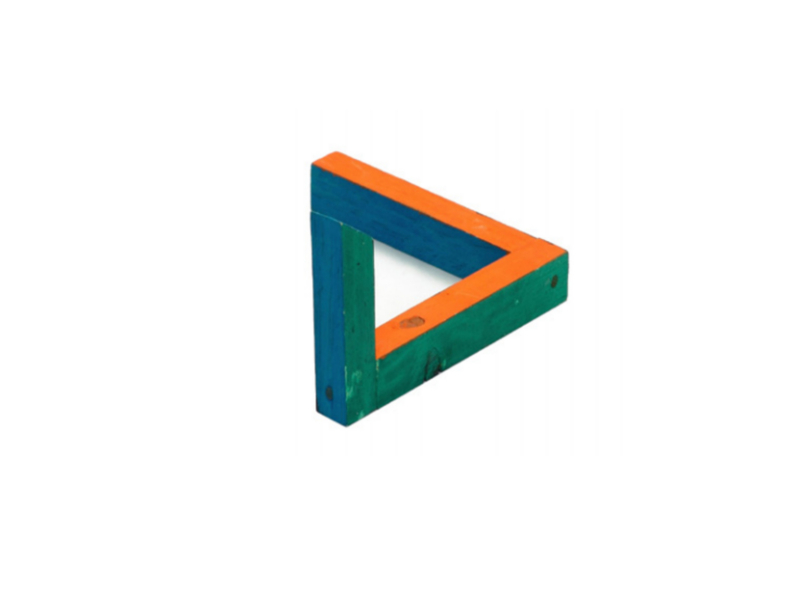PENROSE TRIAGLE
Inspired by an Escher exhibition at a mathematics congress in 1954, the mathematician Roger Penrose and his father, the geneticist Lionel Penrose, became interested in the so-called impossible figures (the triangle, the ladder, etc.), and published their findings in a British psychology journal in 1958. Escher himself simultaneously began to create his own figures and turned the idea into art.

This piece you see, in general, as it appears above.
Now try to position yourself, closing one of your eyes, to see it as it appears below.

The title of "father" of the impossible figures, however, is given to the late artist Oscar Reutersvärd, who had been drawing them since 1934, when he was not yet 20-years-old, during his Latin classes. Reutersvärd never thought they would have artistic recognition, so he did not release them until he saw the Penrose article and Escher's work.

